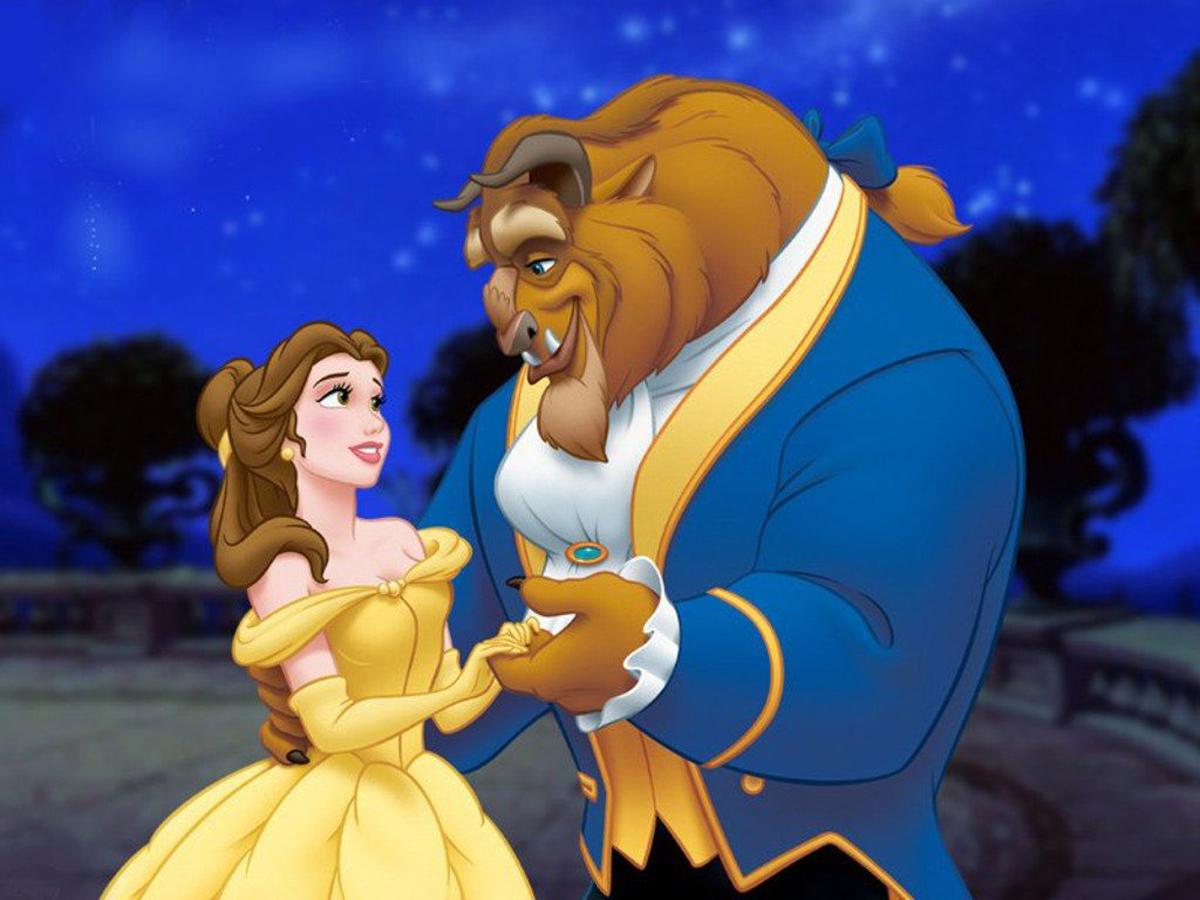Digital Regulation
The US law Section 230 (1996) states that a media platform is not held responsible for the content on their site.
The company must regulate its own content as long as it acts in good faith.
Twitter's purpose is to serve the public conversation. Violence, harassment and other similar types of behavior discourage people from expressing themselves, and ultimately diminish the value of global public conversation. Our rules are to ensure all people can participate in the public conversation freely and safely. (Twitter Policy)
Companies like Twitter however, can only regulate media that has been posted or published. This means that they can only regulate the content once it has been seen by the world and is out there.
A list of some Twitter regulates are as follows:
Violence, Terrorism, Child Sexual Exploitation, Abuse, Hateful Conduct, Perpetrators of violent attacks, Suicide, Illegal or certain regulated goods and services, Graphic violence and Adult content.
Twitter has a set of rules and policies that regulate the types of content that can be shared on its platform. These include rules against hate speech, harassment, and the sharing of illegal or harmful content. Twitter also has guidelines around the use of automation and bots. They use a combination of user reports and automated systems to identify and remove violative content.
With the existence of these regulations, there are many advantages and disadvantages that can be talked about following the fact that Twitter bans its users who violate their terms and conditions. One such advantage is that the content in the platform is filtered which allows certain age groups to be only exposed to certain things that they have access to. On the other hand, a disadvantage may be limited reach and confusion. The Twitter policies are not always clear and some people may find it difficult to understand what goes against the terms. This results in the limitation of reach of certain types of content for users because it may be removed or hidden.
Twitter has also implemented a feature called "Labeled Tweets" in order to provide context and information on tweets that might be misleading or in violation of their policies. An example of this is when people try to spread misinformation on the Covid-19 Vaccines. Twitter will highlight and label these posts and notify or inform the viewers that it contains misleading information.

/cdn.vox-cdn.com/uploads/chorus_asset/file/22337625/Screen_Shot_2021_03_01_at_12.44.04_PM.png)


Comments
Post a Comment